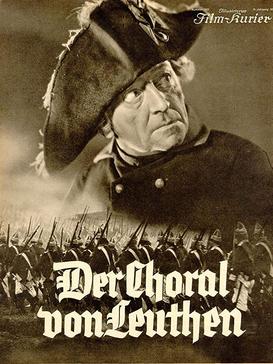
The Hymn of Leuthen is a 1933 German film depicting Frederick the Great, directed by Carl Froelich starring Otto Gebühr, Olga Chekhova and Elga Brink. It was part of the cycle of nostalgic Prussian films popular during the Weimar and Nazi eras. The title refers to the 1757 Battle of Leuthen.

Charlotte Ander was a German actress.
Walter Steinbeck was a German film actor.
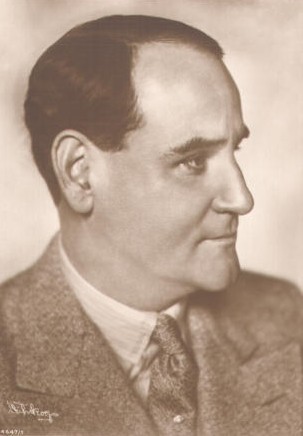
Hans Adalbert Schlettow was a German film actor. Schlettow appeared in around a hundred and sixty films during his career, the majority during the silent era. Among his best-known film roles was Hagen von Tronje in Fritz Lang's film classic Die Nibelungen (1924). In 1929 he starred in the British director Anthony Asquith's film A Cottage on Dartmoor.
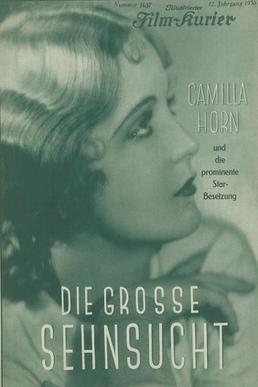
The Great Longing is a 1930 German comedy film directed by Steve Sekely in his directorial debut and starring Camilla Horn, Theodor Loos, and Harry Frank. It was shot at the EFA Studios in Berlin. The film's sets were designed by the art directors Hans Sohnle and Otto Erdmann. It was distributed by the German branch of Universal Pictures.
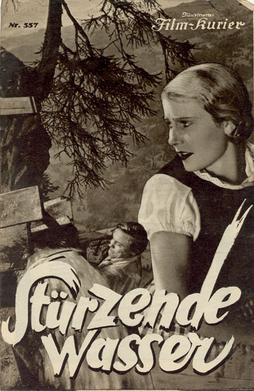
Sacred Waters is a 1932 German drama film directed by Erich Waschneck and starring Karin Hardt, Eduard von Winterstein and Hans Adalbert Schlettow. It was shot at the Tempelhof Studios in Berlin with sets designed by the art director Hans Jacoby. It is part of the heimatfilm genre. The film was based on a novel by Jakob Christoph Heer, which was later adapted into a 1960 Swiss film.

The Page from the Dalmasse Hotel is a 1933 German comedy film directed by Victor Janson and starring Dolly Haas, Harry Liedtke and Hans Junkermann. The art direction was by Fritz Maurischat and Hans Minzloff. The film is based on the novel of the same title by Maria von Peteani. It was later adapted into a 1958 Austrian film.
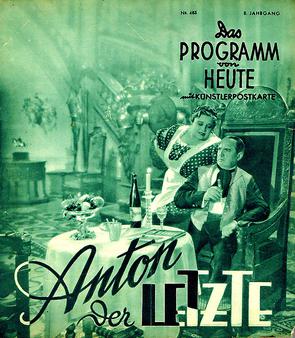
Anton the Last is a 1939 comedy film directed by E. W. Emo and starring Elfriede Datzig, Hans Moser, and O. W. Fischer. The film was made by Wien-Film, a Vienna-based company set up after Austria had been incorporated into Greater Germany following the 1938 Anschluss.
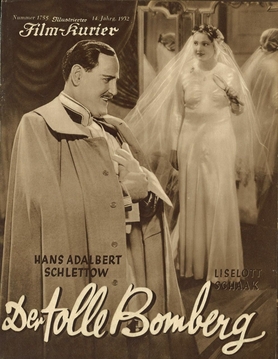
The Mad Bomberg is a 1932 German comedy film directed by Georg Asagaroff and starring Hans Adalbert Schlettow, Liselotte Schaak, and Paul Heidemann. It is an adaptation of the 1923 novel The Mad Bomberg by Josef Winckler, which was later made into a 1957 film of the same title. The film's art direction was by Otto Erdmann and Hans Sohnle.
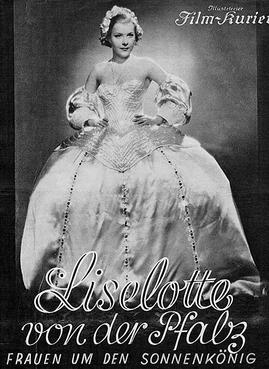
The Private Life of Louis XIV or Liselotte of the Palatinate is a 1935 German historical film directed by Carl Froelich and starring Renate Müller, Eugen Klöpfer and Maria Krahn. It was shot at the Tempelhof Studios in Berlin and premiered at the city's UFA-Palast am Zoo. The sets were designed by the art directors Walter Haag and Franz Schroedter. The film's English language release title is a reference to the hit British film The Private Life of Henry VIII (1933).

The Blue of Heaven is a 1932 German musical film directed by Victor Janson and starring Mártha Eggerth, Hermann Thimig, and Fritz Kampers. It was shot at the Tempelhof Studios in Berlin. The film's sets were designed by the art director Jacek Rotmil. It is set partly on the Berlin U-Bahn system.

Impossible Love is a 1932 German drama film directed by Erich Waschneck and starring Asta Nielsen, Ery Bos and Ellen Schwanneke. It was Nielsen's final film, and the only sound film she appeared in. It premiered at the Mozartsaal in Berlin. Neilsen had been a major star during the First World War and the early 1920s but her screen career gradually declined and she had not appeared in a film since That Dangerous Age in 1927. Four years after making Impossible Love she returned to her native Denmark. The film is also known by the alternative title of Crown of Thorns.

The Immortal Vagabond is a 1930 German musical film directed by Gustav Ucicky and Joe May and starring Liane Haid, Gustav Fröhlich and Hans Adalbert Schlettow. It is an operetta film, made by German's largest film company UFA. Interiors were shot at the Babelsberg Studios in Berlin. The film's sets were designed by Robert Herlth and Walter Röhrig. The film was remade in 1953.

The Empress's Favourite is a 1936 German historical comedy film directed by Werner Hochbaum and starring Olga Chekhova, Anton Pointner and Heinz von Cleve. It was shot at the Johannisthal Studios in Berlin. The film's sets were designed by Emil Hasler and Arthur Schwarz. The film is set in Russia during the reign of Empress Elizabeth.

Holiday From Myself is a 1934 German comedy film directed by Hans Deppe and starring Hermann Speelmans, Carola Höhn, and Georg H. Schnell.

A Woman Branded or Dangers of Love is a 1931 German drama film directed by Eugen Thiele and starring Toni van Eyck, Elsa Bassermann and Hans Stüwe. It was shot at the Terra Studios in Berlin. The film's sets were designed by the art director Heinrich Richter.
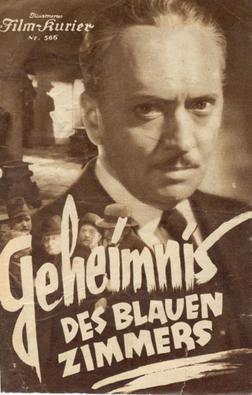
Geheimnis des blauen Zimmers is a 1932 German mystery film directed by Erich Engels and starring Theodor Loos, Else Elster and Hans Adalbert Schlettow.

Antoinette is a 1932 French comedy film directed by Herbert Selpin and starring Jeanne Boitel, Armand Bernard and Nadine Picard. It is a remake of the German film Chauffeur Antoinette which was also directed by Selpin. A British version The Love Contract was also produced the same year.
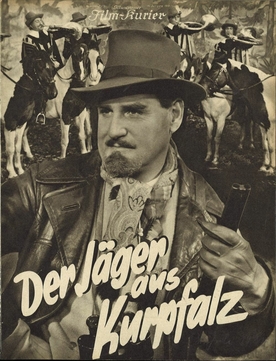
The Hunter from Kurpfalz is a 1933 German comedy film directed by Carl Behr and starring Hans Adalbert Schlettow, Walter Rilla and Fritz Kampers. It was produced by Carl Froelich and shot at the Johannisthal Studios of Tobis Film in Berlin. Location shooting took place around Neustadt in the Palatinate and the wider Rhineland area. The title references the German folk song "Ein Jäger aus Kurpfalz".

Financial Opportunists is a 1934 German comedy film directed by Fritz Kampers and starring Weiss Ferdl, Sabine Peters and Hans Adalbert Schlettow. The film's sets were designed by the art directors Gustav A. Knauer and Alexander Mügge. The title was a well-known phrase to attack Jews, and was one of the first openly anti-Semitic films produced under the Nazi regime.



















